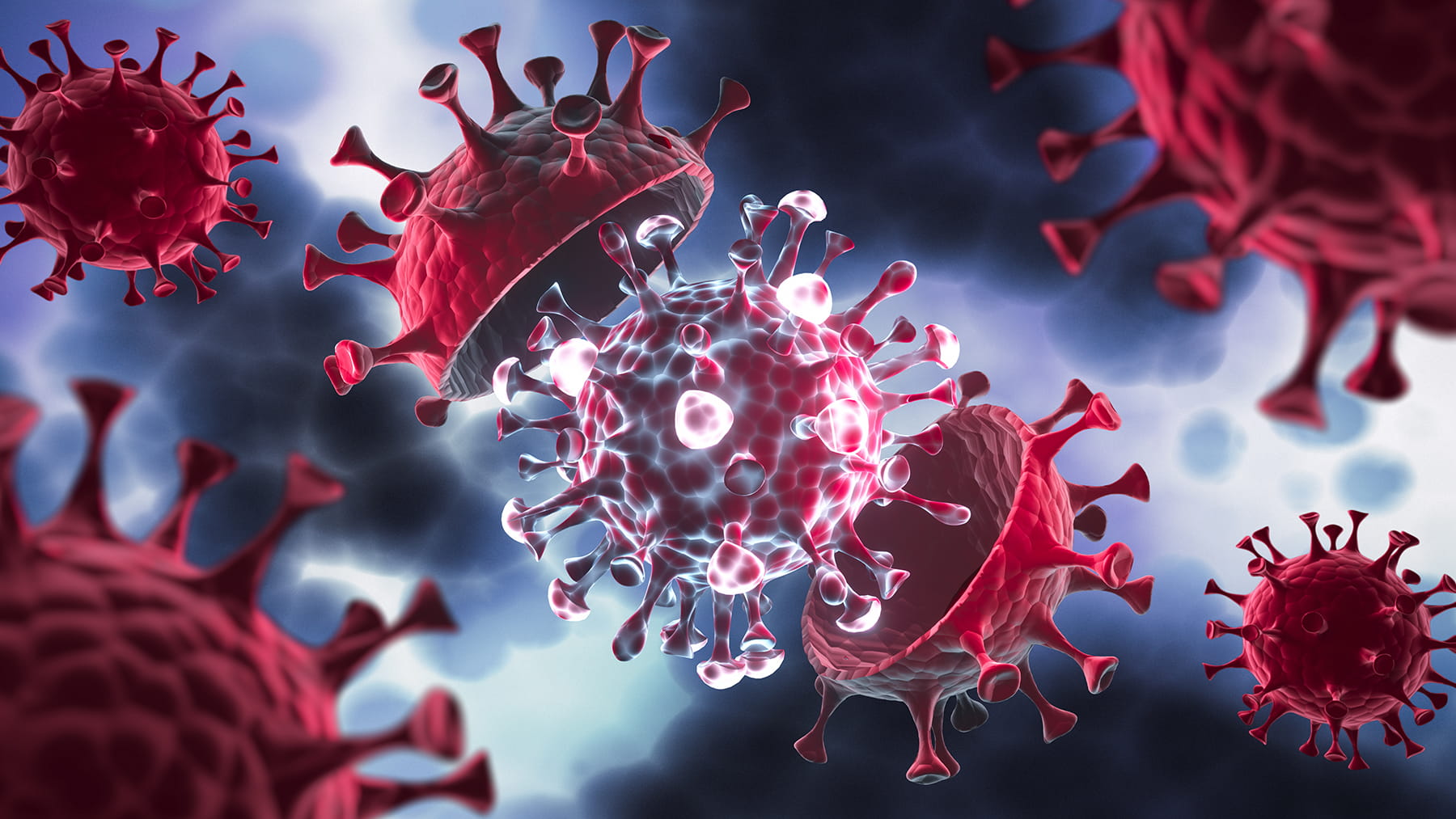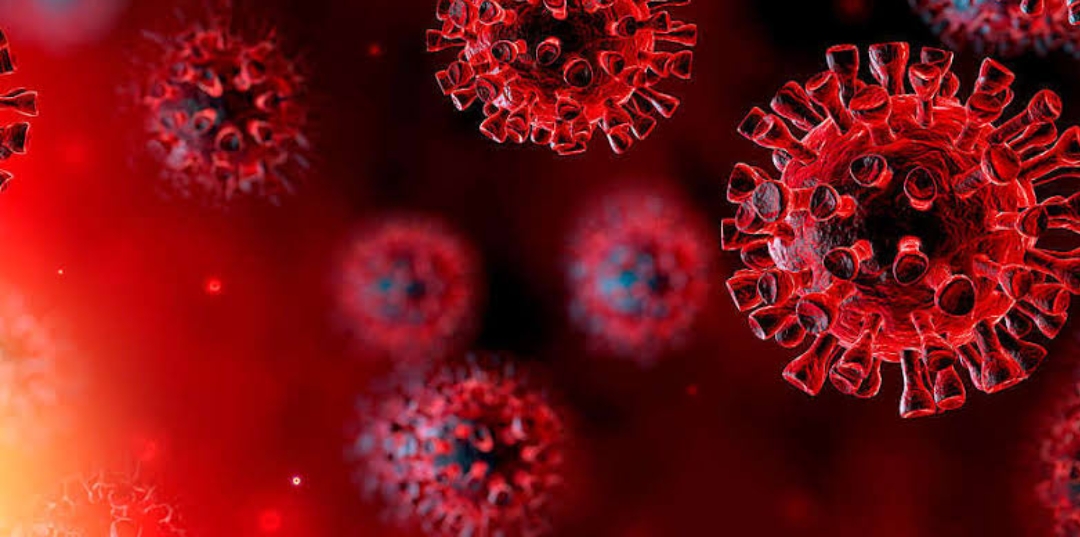
Childhood disease and pattern of COVID 19 in a few years
Covid 19 may become a chilhood disease in few years. Once endemic to the world’s population, COVID19 can behave like other common cold coronaviruses, mainly affecting young children. The risk of contracting COVID19 may shift from the elderly to young children, according to new research, as SARSCoV2 becomes endemic. Once endemic to the world’s population, COVID19 can behave like other common cold coronaviruses, mainly affecting young children who have not been immunized or exposed to the virus.
However, the young children become susceptible more as adults acquire immunity through vaccination or exposure to the virus. Thus making Covid 19 a childhood disease. Bjornstad explains that such changes have been observed in other coronaviruses and influenza viruses when they appear and then become endemic. Historical data on respiratory diseases indicate that the pattern of age-related morbidity in primary outbreaks can be very different from that in endemic epidemics.
Current genomic studies indicate that the 1889-1890 pandemic, sometimes referred to as the Asian flu or the Russian flu, which killed a million people, mostly adults over 70 years of age, may have been associated with the emergence of the HCoVOC43 virus. Now. endemic, mild and recurrent virus. “Cold viruses mainly affect children between the ages of 7 and 12 months,” says Bjornstad. He warns that if an immunity to re-infection with SARSCoV2 declines in adults, the burden of disease could remain and can become a childhood disease.
Empirical evidence suggests that prior exposure may only provide that short-term immunity to re-infection. However, the COVID19 study shows that vaccination provides stronger protection than the SARSCoV2 virus. The team was able to build up a “realistic mathematical model with an age structure” combining Italian demographic data, social integration, duration of infection and immunity reducing disease to see. Consideration of possible future scenarios in terms of age-related morbidity and the burden of mortality from COVID19.
Researchers analyzed the short, medium, and long-term burden of disease at 1, 10, and 20 years, respectively. They also looked at the burden of disease in 11 different countries: China, Japan, Korea, Spain, Britain, France, Germany, Italy, the United States, Brazil and South Africa, with large demographic differences.
The research team used UN data for each of these countries to parameterize the model. Covid19 may behave like other common cold coronaviruses in the coming years, mainly affecting young children who have not been vaccinated or exposed to the virus, according to a simulation study published.
The US Norwegian Research Group notes that since the severity of Covid19 is generally less severe in children, the overall disease burden is expected to decrease as SARSCoV2 becomes endemic to the global population from the United States. Bjornstad warns that if an immunity to SARSCoV2 reinfection in adults is reduced, the disease burden is likely to remain high in this group, although prior exposure to the virus will reduce disease severity.
Researchers analyzed the short, medium, and long-term burdens of disease of 1, 10, and 20 years, respectively. This model also covers several scenarios of immunity, including those that are independent and dependent on the severity of the disease from previous exposure, as well as short and long term immunity.
Jessica Metcalfe, associate professor at Princeton University, USA, notes that this prediction is likely to be true only if re-infection only causes mild illness. The burden of mortality may not change over time unless the primary infection prevents re-infection or alleviates severe illness in older people, he added. COVID19 may behave just like other common colds in the coming years, mostly affecting young children who have not been vaccinated or exposed to the virus, according to new research.
According to Bjornstad, comparable changes were observed when new coronaviruses and influenza viruses appeared and then became endemic. Age-related incidence rates during primary outbreaks can differ significantly from rates during endemic periods based on historical respiratory disease data. Ongoing genomic studies indicate that the 1889-1890 pandemic, sometimes referred to as the Asian flu or the Russian flu, which killed a million people, mostly adults over 70, may now be associated with the emergence of the HCoVOC43 virus. … a recurrent virus endemic for mild colds. Bjornstad says it mostly affects babies between 7 and 12 months old.
Such changes were found in other coronaviruses and influenza viruses as they emerged and then escalated into epidemics. According to a study published in the journal Science Advances, short-term effects were analyzed. , the medium and long-term burden of disease at ages 1, 10 and 20, and for 11 different countries with different demographics. very different, including Chinese, Japanese, Korean, Spanish, English, French, German. , Italy, USA, Brazil and South Africa .The model predicts different results for different regions.
Given the conditions and strong vaccination programme, scientists foresee Covid 19 will become a childhood disease than in adult in few years.


















